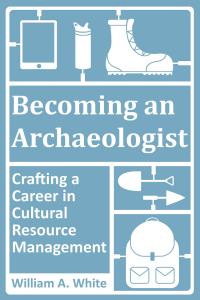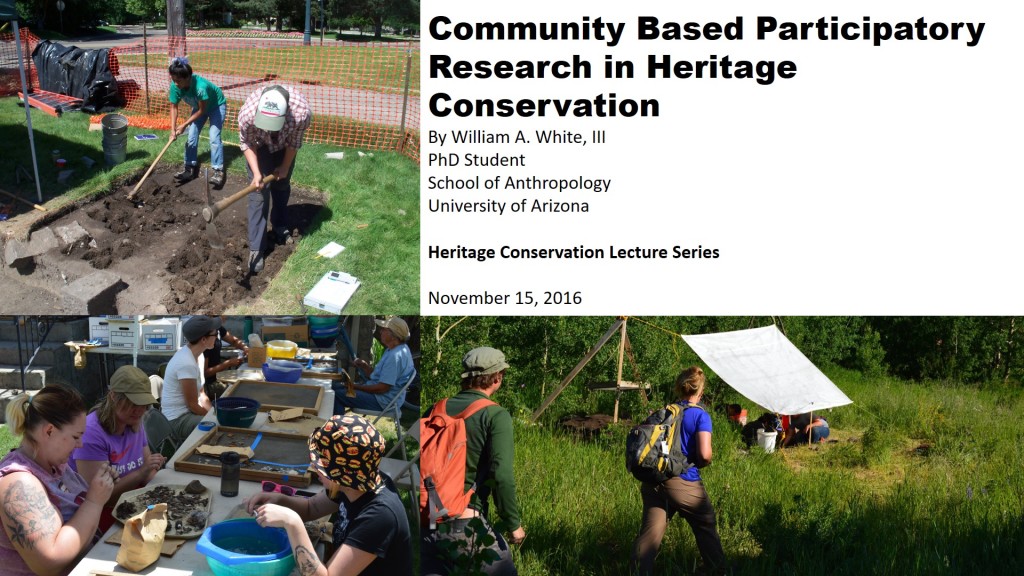 When I was a child, my mother always told my brother, sister, and I that we would never take care of anything we didn’t have to pay for ourselves. It was true. The G.I. Joes I got for Christmas? They got broken and discarded within months of Santa’s sleigh landing. That G.I. Joe I bought with my allowance? I was rocking that guy after one arm and both legs had long since busted off.
When I was a child, my mother always told my brother, sister, and I that we would never take care of anything we didn’t have to pay for ourselves. It was true. The G.I. Joes I got for Christmas? They got broken and discarded within months of Santa’s sleigh landing. That G.I. Joe I bought with my allowance? I was rocking that guy after one arm and both legs had long since busted off.
Those broken toys mattered more to me than most of the gifts I was given because it was the fruits of my young labor. In order for my 8-year-old self to earn that toy, I had to make my bed, clean my room, do my homework, and not cause trouble with my siblings for an extended period of time (at least, for a third grader). Each action figure cost me two weeks’ worth of allowance, which meant 14 days of behaving the way my parents wanted. That’s a lot of effort for a young child, so the end reward is valued so much more.
This lesson reminds me of how historic preservation and heritage conservation plays out in the United States. Now, I don’t mean to essentialize the work preservationists invest in their work but the most valued historic properties are usually the ones local communities were forced to work hard to save. Monuments to American wealth and prestige are valuable but not in the same way as the historic properties that communities had to fight for.
Preservation is worth fighting for
As I’ve said before: Historic Preservation Starts with Community. From local regulations to advocacy groups, communities that work hard to improve the amenity of their towns are the ones that have the most vibrant downtown districts, diverse small business districts, and are known as cultural incubators. The benefits of Older, Smaller, Better urban districts have been researched by the National Trust for Historic Preservation’s Green Lab for the last few years. They’ve demonstrated the benefit of preservation in Seattle, San Francisco, Washington, D.C. and Tucson.
Preservation has been taken to mean saving old buildings, but ongoing research continues to demonstrate how reusing and maintaining older, smaller heritage landscapes makes economic and environmental sense. Communities that embrace preservation are choosing to grow while also carefully caring for what they’ve already got.
If preservation is so beneficial, why don’t more communities care for the cities in which they live? I can think of two main reasons why cities do not embrace preservation:
1) We can’t save everything. Sometimes we have to build new stuff and expand our cities. and,
2) Most Americans have been taught that newer is better. Old stuff has baggage. For all their character, old buildings need care. New buildings also need care but it’s easy to externalize the cost of maintaining them—time, effort, and money—to future generations.
It took decades, centuries even, for the cities we already have to where they are today but a lot of that work was done by long-gone ancestors. It takes creativity to see new things in the old cities we already have, to transform them into the places where we would like to live. It’s much easier to simply start with a blank slate, build something new, and hope it turns out the way we wish.
That’s the problem. New subdivisions and towns do not turn out the way we wish. They turn out just like the the suburbs, exurbs, and urban enclaves we already have. And, we still end up paying for these new developments long after they’re not new anymore.
Preservation doesn’t take off in a lot of cities because the decisions of what to save and what not to save is never presented before the community in a functional way. Hidden “consultation meetings” held at off hours in faraway places is not including the community. A public forum held at the local high school AFTER designers, planners, and contractors have already decided what they are going to do is not including the community. Doing community work is hard because we have to listen to the community. It’s much easier to hide behind regulations and say, “We tried.”
How community based participatory research can help
If it takes work to preserve the places that matter to local communities, somebody’s got to do that work. The best way to do heritage conservation is in conjunction with a public that sincerely cares and is willing to show up and do the work. But, publics are not just going to show up and support any old preservation effort. The most dedicated community preservationists are folks that care about the place in which they live. Folks that care will come out and volunteer. They will give services, expertise, and money for preservation projects they care about but they need to be presented with projects that they will care about.
Most importantly: Community preservationists will care for the project when it’s completed because they can claim ownership of their own work. Long after all the archaeologists, architects, planners, and construction companies have gone home, local preservationists are the ones that will fight to keep adverse effects away from historic properties.
This is probably the truest form of cultural resource management in the world—when communities come together to protect resources they care about.
Recent experiences with community based participatory heritage conservation work
One way we can discover preservation projects that publics can care about is through community based participatory research (CBPR). CBPR is a technique archaeologists have used to ethically conduct projects oriented towards helping local communities. All heritage conservation work takes place along a continuum. Our work takes place in communities and along that continuum. For example, traditional CRM that primarily takes place outside the public eye is on the extreme end of the spectrum because it prevents public participation. Similarly, work initiated and conducted within communities and only allows CRM participation at the whim of the community is at the other end. Most of us work somewhere between these two poles.
CBPR provides archaeologists with a way of including communities in our work while also addressing some of their needs or research questions. We can empower communities to advocate for their resources while also building their capacity to do their own preservation work in the future. Communities that care about their heritage can harness the expertise and skill of CRMers to help further their own goals. In the meantime, archaeologists get the chance to study the past in a more meaningful and inclusive way.
Last year, I gave a talk for the Heritage Conservation Lecture Series at the University of Arizona on community-based participatory research in heritage conservation. The talk was recorded and is available for you to stream for free (Click the link below).
Highlights of my Presentation:
- Definition of CBPR and heritage conservation
- A brief history of how historic preservation legislation provided more space for community based preservation projects
- Discussion of how all historic preservation, from CRM to indigenous-led archaeology, takes place upon a continuum of community involvement
- Two case studies in CBPR: The Cut Bank Boarding School Project near Browning, Montana and The River Street Archaeology Project in Boise, Idaho
- I conclude with a statement about how CBPR can be used to combat racism and inequality
I understand that all archaeology is probably not going to be conducted with full community participation. We might be working on something the community doesn’t care about or, perhaps, contractual obligations prevent us from reaching out to the public. Moving towards a more community based platform, however, will greatly help cultural resource management archaeologists embed themselves in local communities while also conducting research and helping local people take care of the places that count.
People care about what they’ve worked to earn. Heritage conservation is no different. Write a comment below or send me an email and tell me what you think.
 Having trouble finding work in cultural resource management archaeology? Still blindly mailing out resumes and waiting for a response? Has your archaeology career plateaued and you don’t know what to do about it? Download a copy of the new book “Becoming an Archaeologist: Crafting a Career in Cultural Resource Management” Click here to learn more.
Having trouble finding work in cultural resource management archaeology? Still blindly mailing out resumes and waiting for a response? Has your archaeology career plateaued and you don’t know what to do about it? Download a copy of the new book “Becoming an Archaeologist: Crafting a Career in Cultural Resource Management” Click here to learn more.
Check out Succinct Research’s contribution to Blogging Archaeology. Full of amazing information about how blogging is revolutionizing archaeology publishing. For a limited time you can GRAB A COPY FOR FREE!!!! Click Here
 “Resume-Writing for Archaeologists” is now available on Amazon.com. Click Here and get detailed instructions on how you can land a job in CRM archaeology today!
“Resume-Writing for Archaeologists” is now available on Amazon.com. Click Here and get detailed instructions on how you can land a job in CRM archaeology today!
 Small Archaeology Project Management is now on the Kindle Store. Over 300 copies were sold in the first month! Click Here and see what the buzz is all about.
Small Archaeology Project Management is now on the Kindle Store. Over 300 copies were sold in the first month! Click Here and see what the buzz is all about.
Join the Succinct Research email list and receive additional information on the CRM and heritage conservation field.
Get killer information about the CRM archaeology industry and historic preservation.




